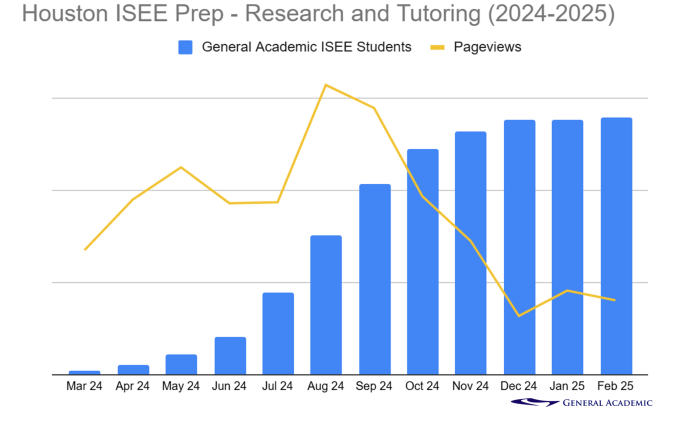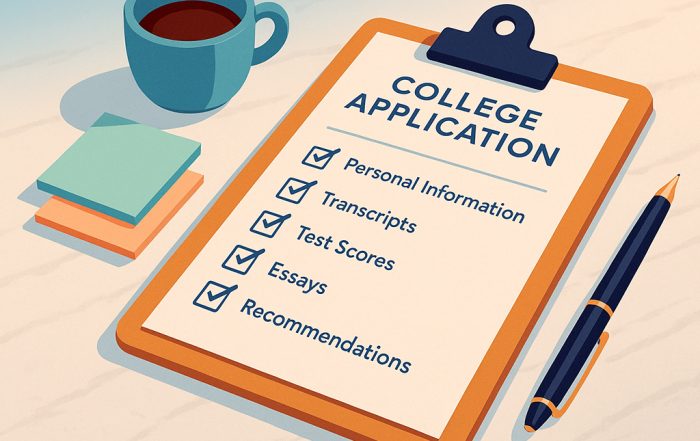Our Proven Approach to SAT Test Prep
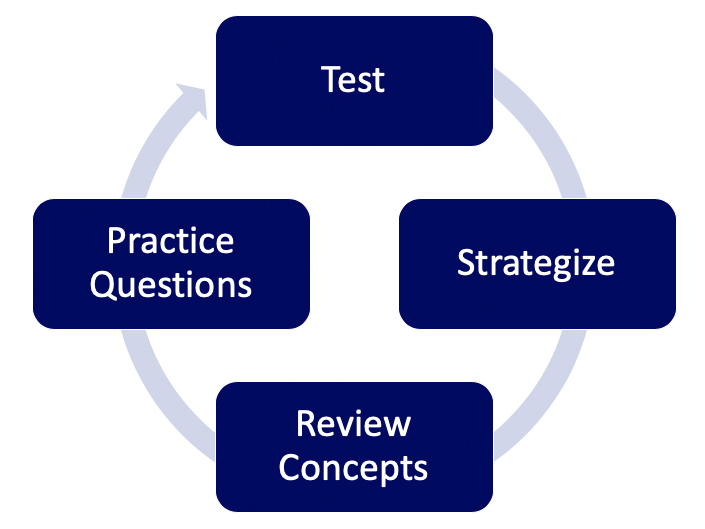
SAT Test Preparation Services
Private SAT tutoring ensures that your student is only spending precious time on the areas where they need help. Students generally meet with a tutor for 1 to 2 hours a week depending on the student’s needs, schedule, and targeted test dates.
We will start by identifying your student’s strengths and weaknesses through a mock test, then the tutor will work with your student to address shortcomings and reinforce skills in the tested subjects in math and reading.
To maximize skill retention, the tutor will assign homework questions for the student to complete in-between sessions.
Our tutors & instructors are brilliant and charismatic:
- Equally skilled in math and english
- Self-accomplished and inspiring
- Gifted at working with younger students
Personal Courses
You can also schedule your student’s preparation as a personal course, which are structured as 10 or 20-hour packages. Personal courses are the same as regular private tutoring but follow a specific timeline and plan (while still catering to the student’s needs).
Pricing is dependent on the tutor’s hourly rate and a:
- 10% discount on the hourly rate for a 10-hour personal course
- 15% discount on the hourly rate for a 20-hour personal course
Test prep classes are a great way for students to understand the ins and outs of the SAT, learn test-taking strategies, and refresh their knowledge of and skills with tested concepts. There is significant instructor-led practice, and students interact with the material as a group. We recommend that students follow up our courses with ongoing private tutoring, typically meeting once a week for 1 hour, leading up to their test dates.
Our 15-hour classes are capped at 8 students to ensure every student receives tons of attention from the instructor. Our courses provide each student with a study plan that will guide them through to their test dates.
Our 15-hour courses are $1200, or $1000 if you sign up with friends.
All courses are in person.
Summer 2025 SAT Courses
Our 15-hour summer SAT courses are designed to target the August and September test dates (and beyond). These courses meet either over 1 week on Monday through Friday or over 2 weeks on 2 Mondays, 2 Wednesdays, and 1 Friday 5:00 to 8:00pm each day.
- June 23 to June 27 (M-F)
- July 7 to July 16 (MWFMW)
- August 4 to August 8 (M-F)
Fall 2025 SAT Courses
Our 15-hour fall SAT courses are designed to target the October PSAT and November SAT test dates (and beyond). These courses meet either over 5 Sundays or 5 Thursdays, which allows plenty of time to complete practice in between each class and in the weeks leading up to these SAT test dates.
- September 7 to October 5
- 5 Sundays
- 1:30 to 4:30pm
- September 11 to October 9
- 5 Thursdays
- 5:00 to 8:00pm
Mock tests are an integral part to our SAT prep methodology. We use a diagnostic test to identify your student’s strengths and weaknesses, and we continually recommend additional tests to get students comfortable with the test format and structure.
We offer mock tests on most Saturdays at no-charge for current and future clients.
- The SAT mock test lasts approximately 2 hours and 20 minutes
- Students need to bring in their own laptop with the BlueBook app downloaded, which you can find here:
- https://bluebook.app.collegeboard.org/
- Students also need to bring their calculator, and we highly recommend that you bring your laptop’s charger
Digital SAT Overview
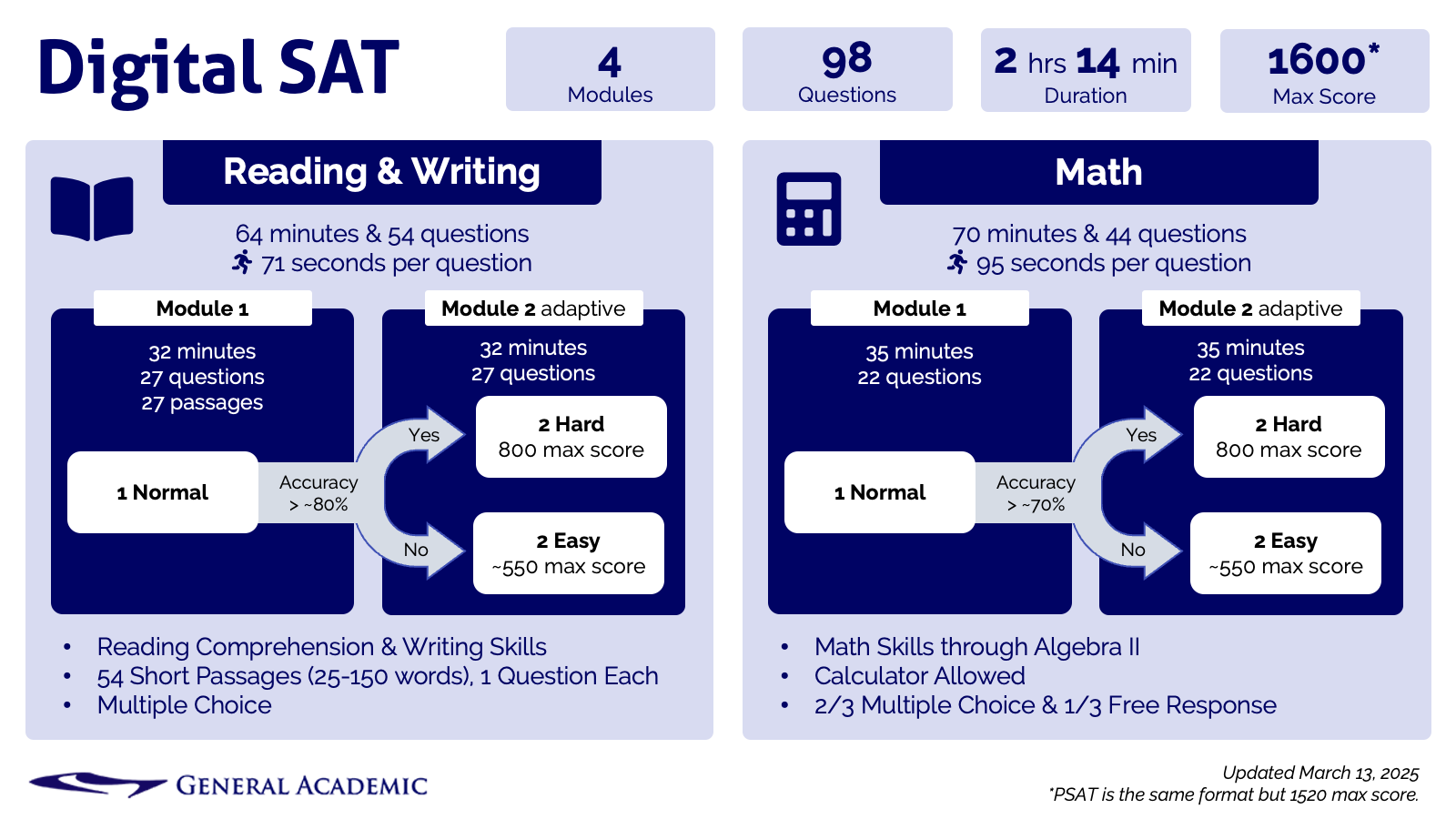
Digital SAT FAQs
General Academic recommends that rising high school juniors start preparing in the summer (June/July) in the lead up to the fall test dates (August/ November). This timeline allows the student to work around particularly stressful periods like mid-term and final exams. And it provides ample time to prepare not only for the first, fall test date but also a second or third testing in the spring of their junior year. Ultimately, the goal is to have the student finished with their testing by the May test date as a sanity check and to leave the summer period open for their college applications and essays. However, the student will still have plenty of opportunities for more testing in June, August, October (latest for early decision), and November (recommended latest for regular decision), but this would be on top of their applications and regular schoolwork in the fall of their senior year.
The most valuable resource in test preparation is time. The most difficult math topics tested on the SAT and ACT are Algebra II and some trigonometry, which most students will have already learned by the start of their junior year. Therefore, in order to avoid regretting not having started early enough, the summer before junior year is the best time to start.
With that said, “test prep burnout” is a very real phenomena. Parents should avoid cramming too much test prep into an especially tight or stressful period of time, and they should accept if students are already scoring at their peak ability.
The genuinely not-waffling answer is that every student is different. How long your child needs to spend preparing depends primarily on:
- What score do they want to achieve?
- What score do they have right now?
- How big is the gap between their goal and current scores?
However, the overly simplified answer is:
- For the SAT, students can expect about a 40-point improvement for every 7 hours of quality preparation
- For the ACT, students can expect about a 1-point improvement for every 7 hours of quality preparation
The operative word in this basic response is “quality.” Students cannot spend those 7-hours just watching videos on Khan Academy while simultaneously posting to Tik Tok. They need to be actively engaged in the material, taking practice tests, and truly learning from their mistakes.
The majority of the time spent on test prep is remediating basic math and English skills. No amount of tips, tricks, or talking-head watching will make up for not being able to actually identify the main idea of a paragraph or manipulate fractions.
The shorter answer is that students who have the means and time to prepare and take the ACT or SAT should absolutely do so.
Colleges like standardized tests because they’re norm-referenced and their scores are comparable across the entire US population regardless of school and curriculum. However, the uncomfortable outcome of testing is results. And historically standardized testing shows enormous performance gaps between students from different socioeconomic backgrounds.
It’s this measured gap between students of different backgrounds that largely propels the test-optional movement. Furthermore, the COVID-19 pandemic led to additional challenges like simply not being able to get students in a room to test. As a result, colleges raced to go test-optional, and some university systems like the state of California even went test-blind in 2022.
While colleges are reluctant to publish their admissions data, since-redacted statistics from the pandemic and off-the-cuff remarks from admissions officers, demonstrated that students who submitted scores were often twice as likely to gain admission. The basic premise is that only students with something to hide didn’t submit scores.
But why did that happen even when it was the colleges’ policy to be “test-optional” and technically not penalize students who didn’t submit scores? There’s at least two reasons—submitting strong scores is another, positive data point, and admissions officers are still human. Would a car buyer rather choose the model that got “sufficient gas mileage” or the one that gets “50 miles per gallon” or “400 miles of range”?
Furthermore even less well-off students can reap huge rewards from submitting high test scores. For example, a low-income high school student is more able to ace the ACT or SAT than attend a rich, academically competitive school, participate in a bevy of after-school activities, and spend hundreds of hours on unpaid, volunteer work.
Click here to read more about our analysis of test-optional admissions.
Whether your child should take the SAT or the ACT is purely a matter of preference. With about 1.3 million students taking either tests every year, both are equally accepted nationwide. The SAT is more popular in Houston just because of historical preference, and Houston ISD pays for every junior to take the SAT because College Board won the contract (conversely ACT won the contract in North Carolina for example).
However in the fiercely competitive college-admissions market dominated by the SAT and ACT, the digital SAT is the newer product. It only debuted in October 2023 with the PSAT. The new SAT’s key advantages are that it’s over an hour shorter and is just 98 questions vs the ACT’s 215. Furthermore, digital SAT passages are only a few sentences versus more than 700 words for the ACT.
Nevertheless students more comfortable with paper and pencil will obviously prefer the ACT.
General Academic recommends that students start their test prep by taking both a mock ACT and digital SAT. The student’s performance and comfort on that diagnostic exam will then guide their choice of which test to ultimately prepare for the most.
The SAT’s publisher, College Board, announced in 2022 that the US’s most popular college admissions test would go all-digital beginning in 2023. Students taking the PSAT in October 2023 were the first ones to experience this computer-only format. The full-length SAT will be digital-only beginning with the March 9, 2024 national test date.
The new, digital SAT is much shorter at 98 questions and takes about 2-hours versus the old, paper tests’ 154 questions and 3 hours. The digital SAT can be shorter because it’s technically adaptive. While the digital SAT is still comprised of two scored sections (Reading & Writing, Mathematics), each section is composed of two modules.
All students see the first module, but the second module is either hard or easy depending on how well they scored on the first part. Students need to answer about 65% of the first module correctly to get to the harder module. Failure to make it to the harder module will cap a student’s potential score to about 550/800.
Most General Academic high school juniors will take the ACT or SAT two or three times to ensure they earn the score they need. There is no penalty for taking the test multiple times, and colleges only care about the highest score.
Note that most juniors will also take the PSAT in October for National Merit Scholarship qualification.
The SAT is generally offered to Houston-area students eight times a year:
- August
- October
- November
- December
- March
- April (all Houston ISD juniors in-class, automatically registered and paid)
- May
- June
Students need to register online at CollegeBoard.org at least four weeks in advance to avoid late-registration penalties and ensure availability. Most General Academic students will take the SAT in November, March, and May of their junior year.
The ACT is generally offered nationally seven times a year:
- September
- October
- December
- February
- April
- June
- July
Students need to reegister online at ACT.org at least five weeks in advance to avoid late-registration penalties and ensure availability. Most General Academic students will take the ACT in October, February, and April of their junior year.

Stephen Hayes leads our test preparation services. As General Academic’s co-founder, he has more than 15 years of experience shepherding thousands of Houstonians through multiple iterations of the SAT.
Our Latest News and Analysis
Houston’s Major School Holidays and Test Dates 2025-2026
Whether you are planning out your timetable for extracurricular activities or your preparations for the ISEE, SAT, ACT, or [...]
When Should Houston Students Start Preparing for the ISEE Test
Most students in Houston start researching ISEE prep in March and start tutoring by August the year they apply to [...]
The Best Cooling Neck Fans to Beat the Heat
Only commercialized within the last few years, thermoelectrically-cooled neck fans promise to keep you comfortable indoors and outdoors. They [...]
How to Build a Balanced College List When Applying to College
Choosing where you will spend the next four years is a high-stakes decision that shapes your learning, finances, and future [...]
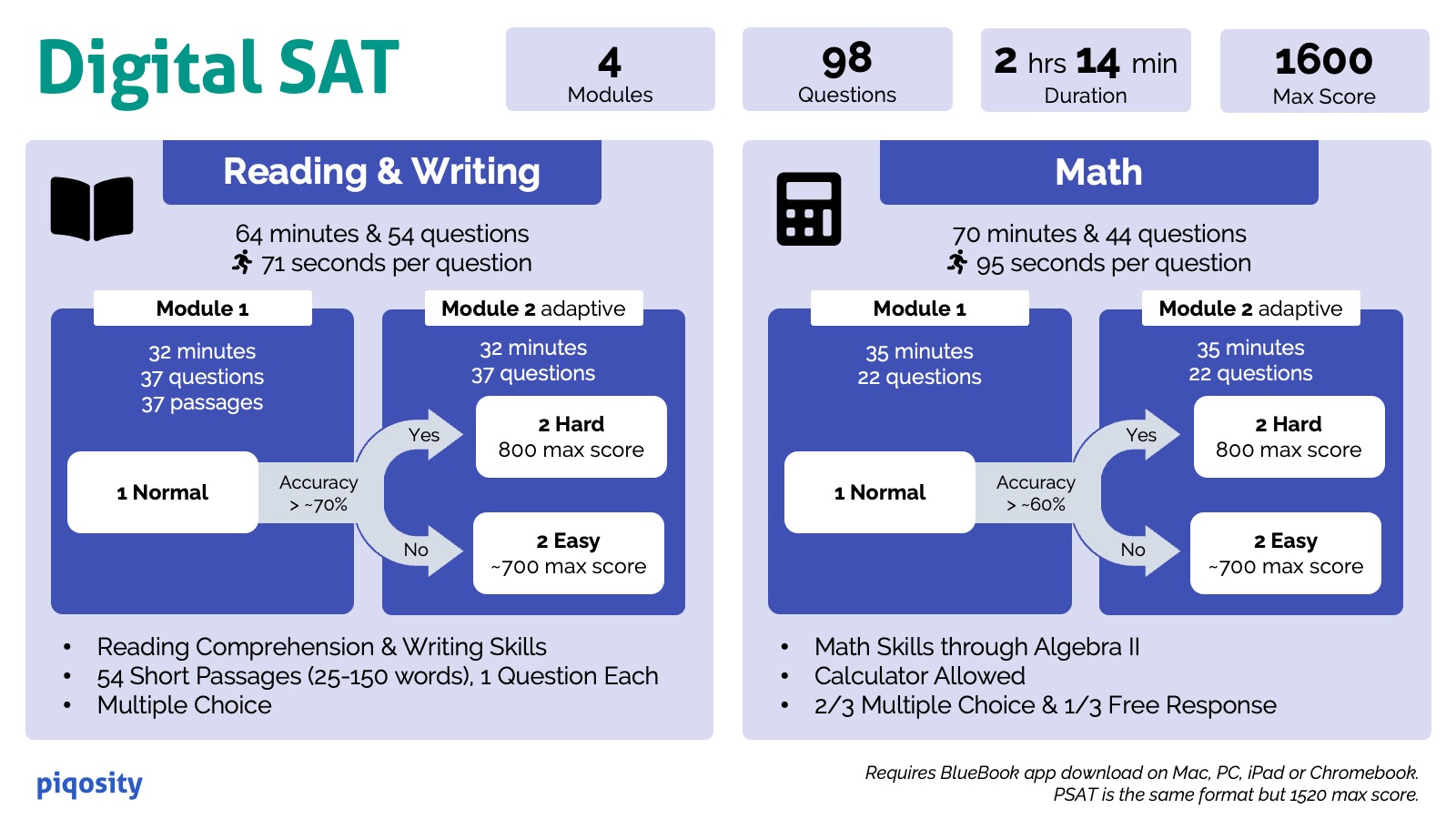 The new digital SAT consists of 4 modules that last approximately 2 hours and 24 minutes, including one 10-minute break
The new digital SAT consists of 4 modules that last approximately 2 hours and 24 minutes, including one 10-minute break

